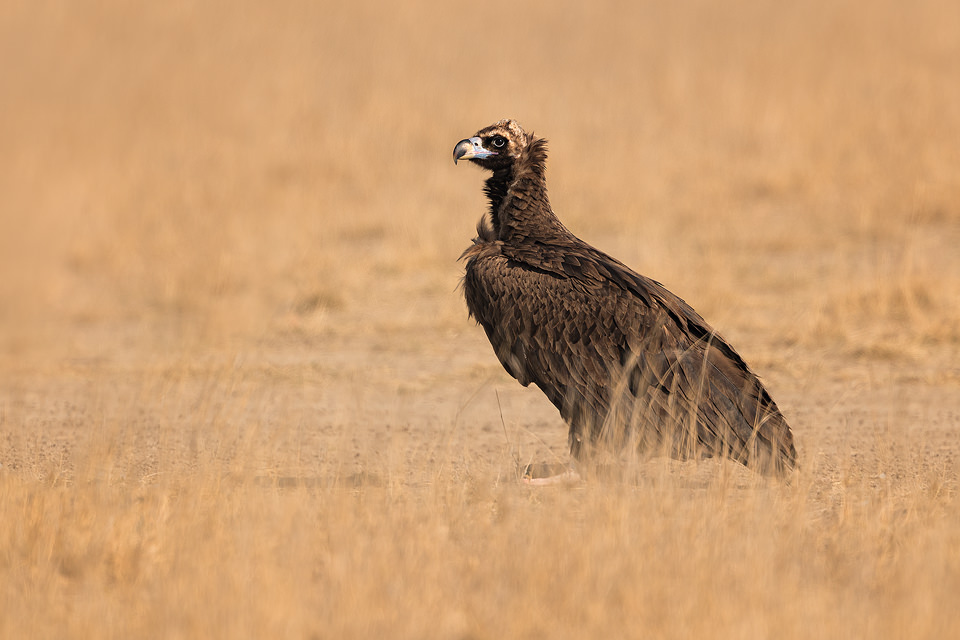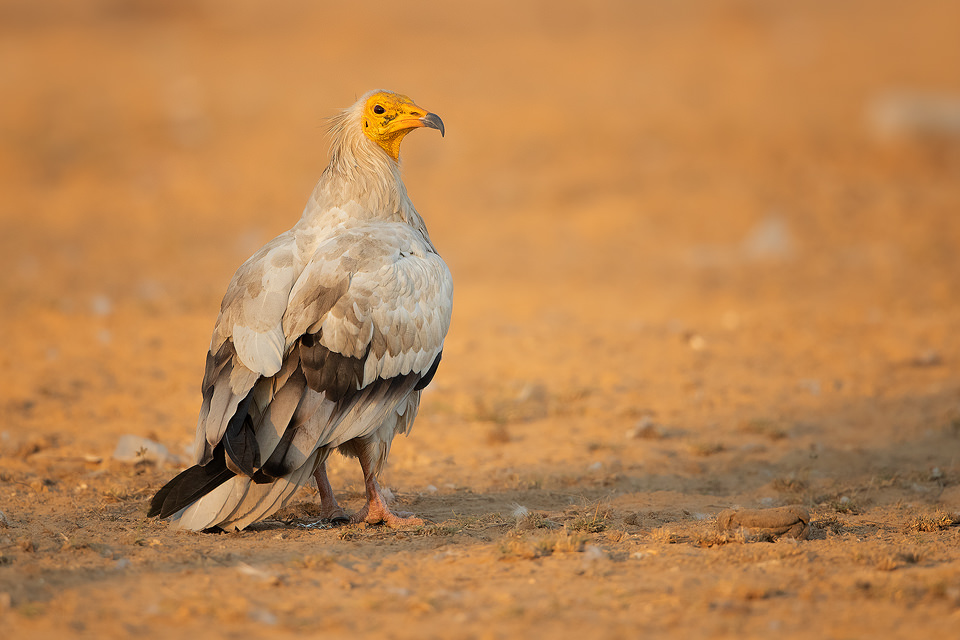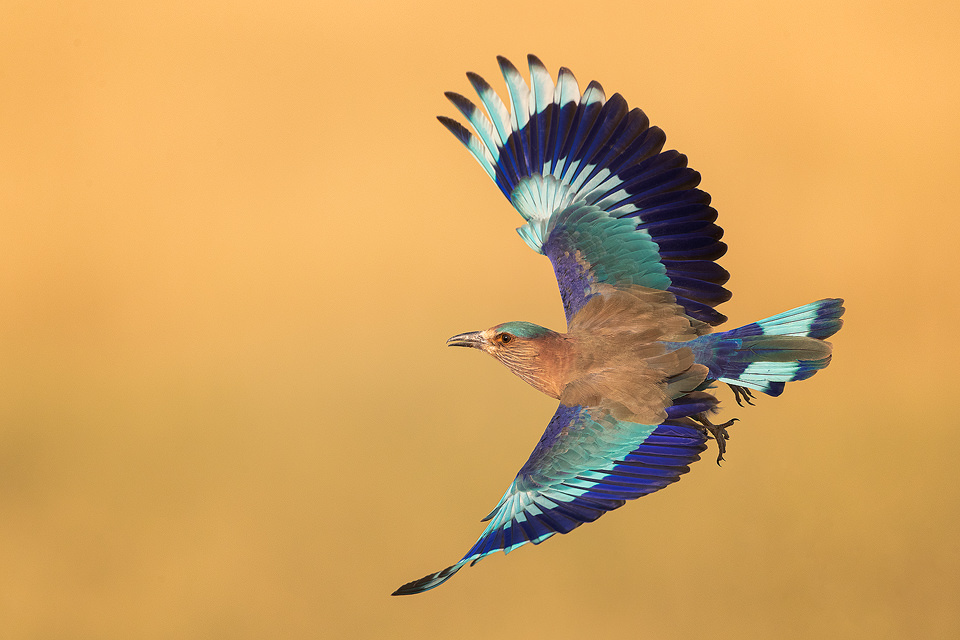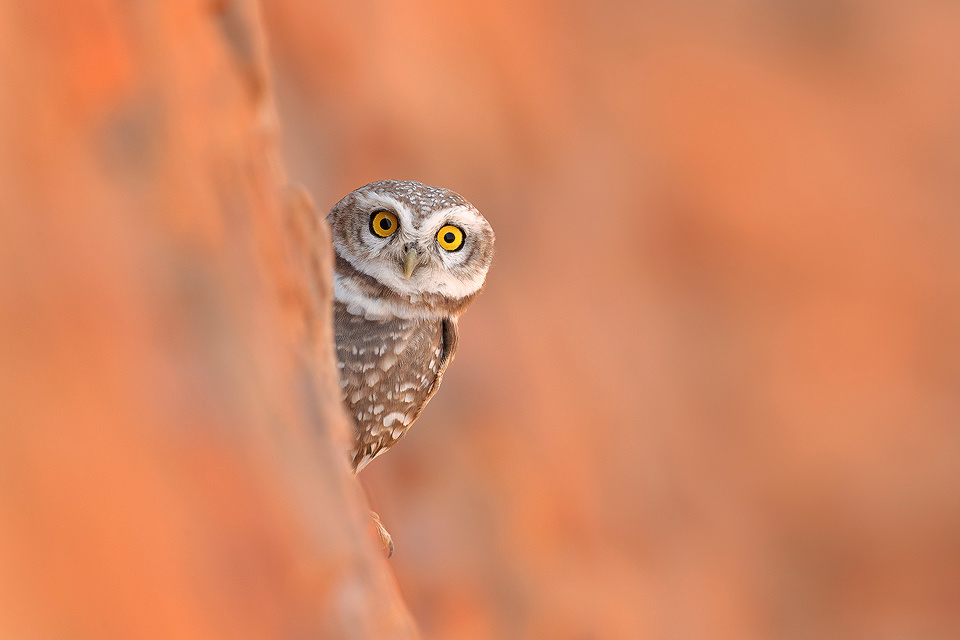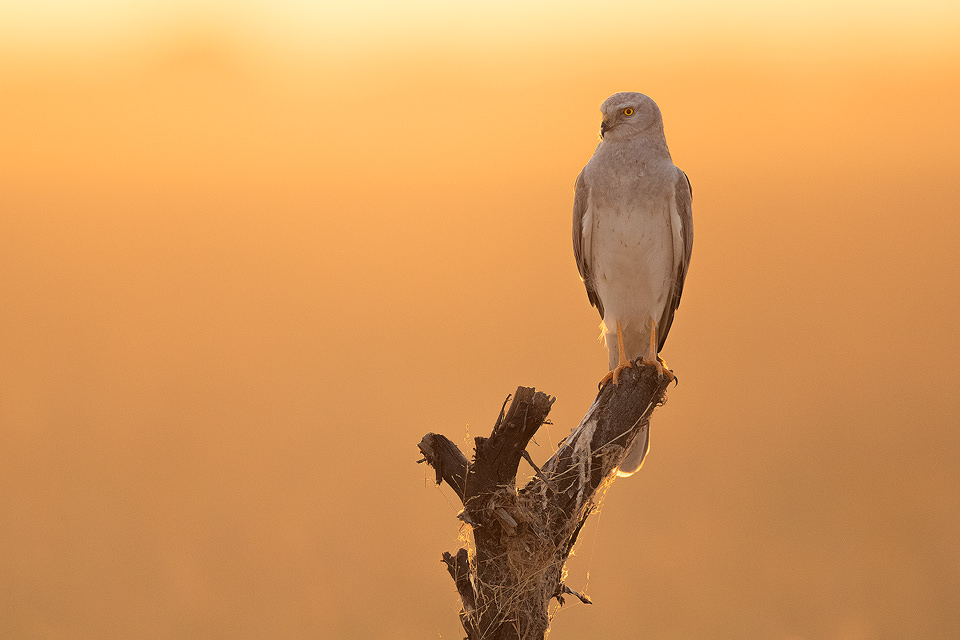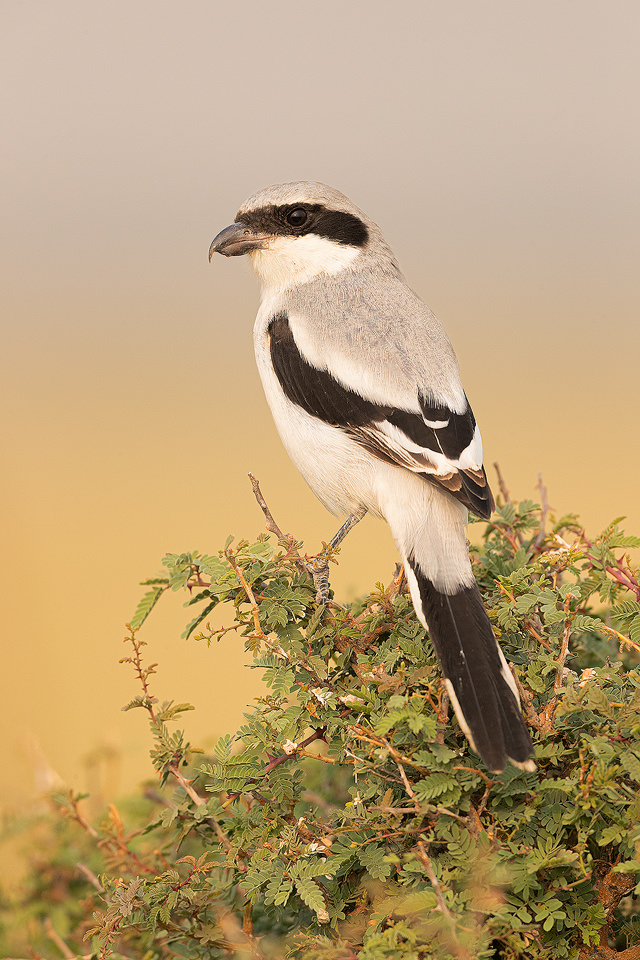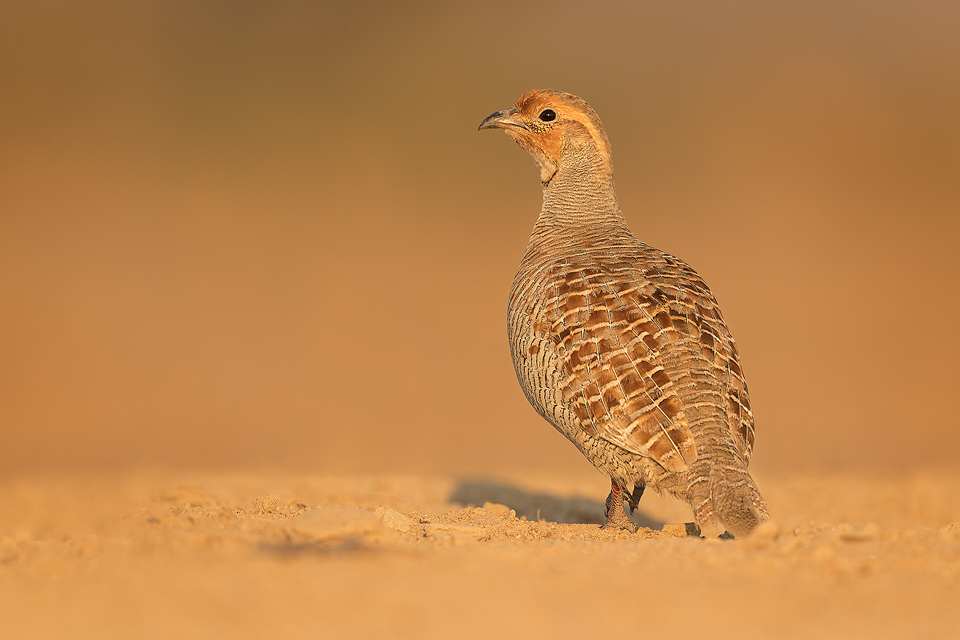About Keoladeo National Park:
Keoladeo Ghana National Park otherwise known as Bharatpur National Park or Bharatpur bird sanctuary, is an internationally famous national park situated in Rajasthan, India. The park is easily accessible from India’s main tourism centres; Agra, Jaipur and Delhi, which together form the ‘golden triangle’. Spread over an area of 29 sq km, this important wetland was once the favoured hunting ground of the royals but was declared as a protected sanctuary in 1971. Now a world heritage site, Keoladeo Ghana National Park attracts prominent ornithologists from all over the world and is visited by thousands of tourists and wildlife enthusiasts every day.
The name, Keoladeo Ghana National Park, is derived from the ancient temple dedicated to Keoladeo located at the centre of the park. ‘Ghana’ means dense and refers to the thick forest, which would have once covered the area. The park now comprises of a range of habitats including, wetlands, marshland, mud flats, woodlands and grasslands.
Wildlife of Bharatpur National Park:
Keoladeo National Park is truly a birder’s paradise. Species that are incredibly hard to see elsewhere visit here in the thousands. Wildlife photographers are spoilt for choice with atmospheric misty mornings, stunning sunrises and sunsets and activity around every bend. Apart from the 300+ resident species of bird, Keoladeo’s location is ideal for migratory birds as it lies directly on important migratory routes. This wetland is a literal oasis in one of Indias driest states; Rajasthan.
The sanctuary attracts birds from India, Tibet, Siberia, Europe and China. Cranes, storks, herons, pelicans, ducks, geese, raptors, waders, warblers, flycatchers, larks and pipits, can all be seen with ease in this relatively small national park.
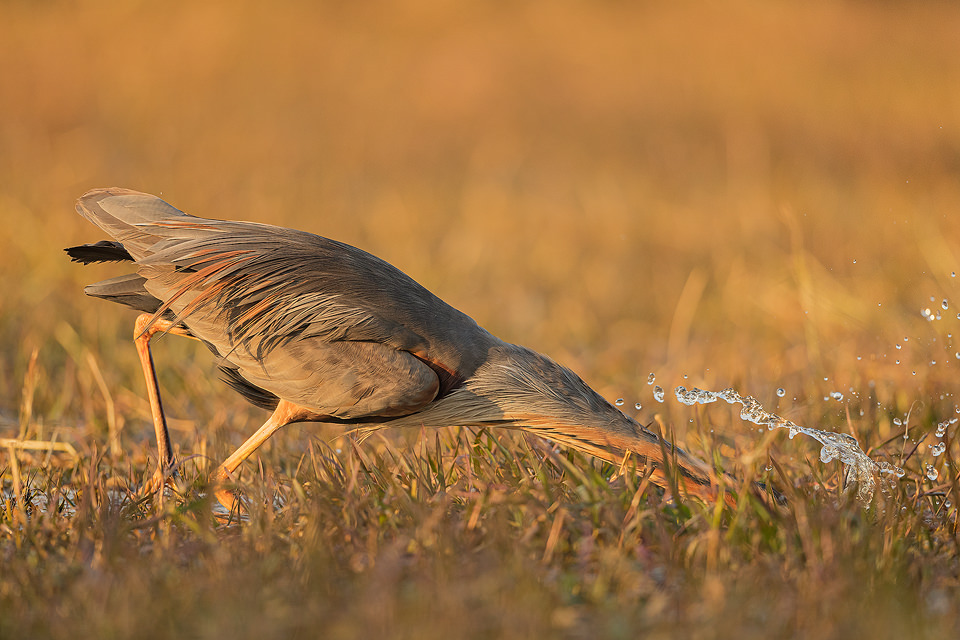
Striking Purple Heron.
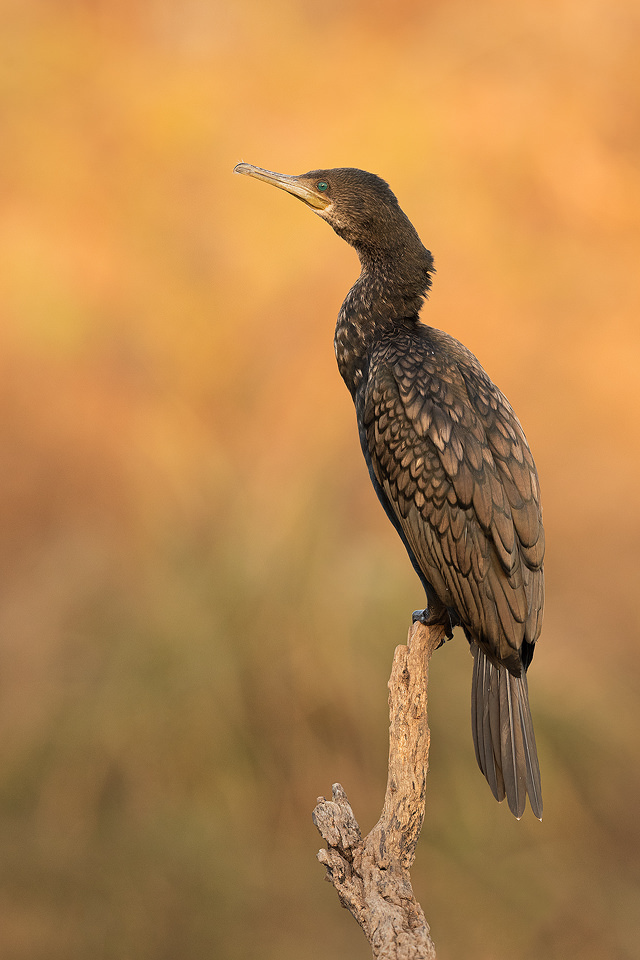
Indian Cormorant at sunset.
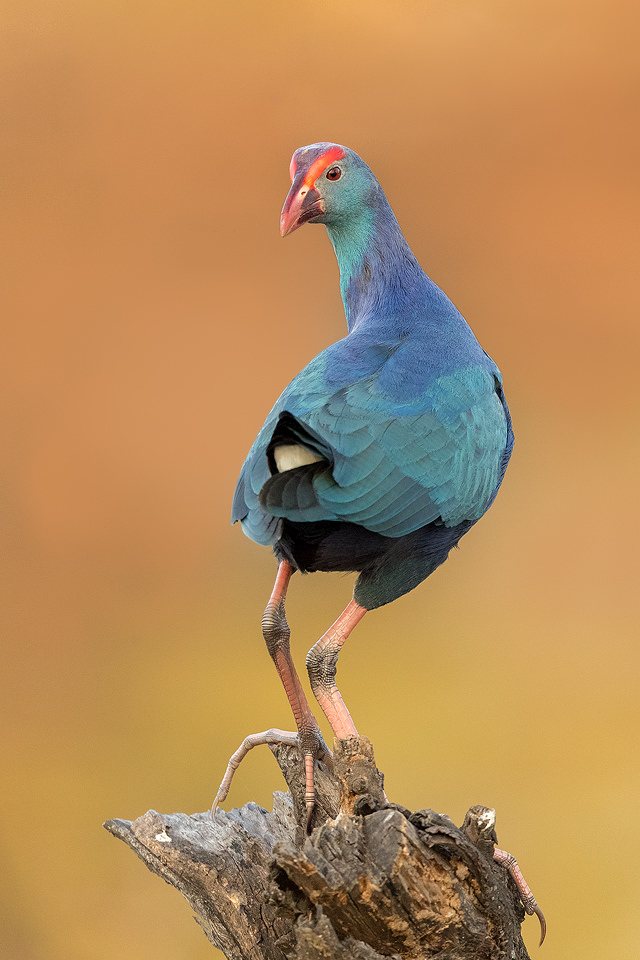
Purple Swamphen
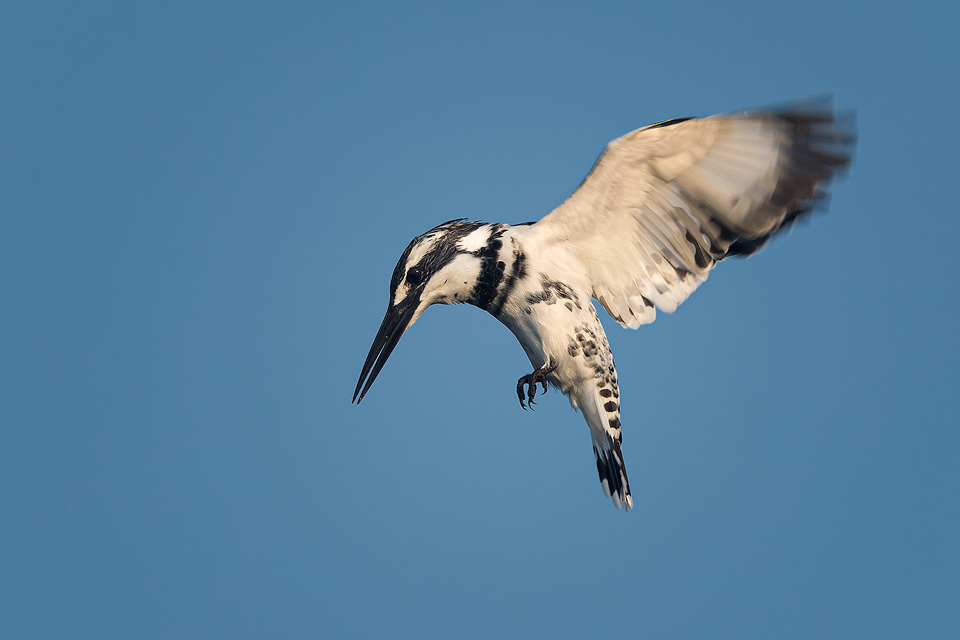
Hovering Pied Kingfisher against a bright blue sky.
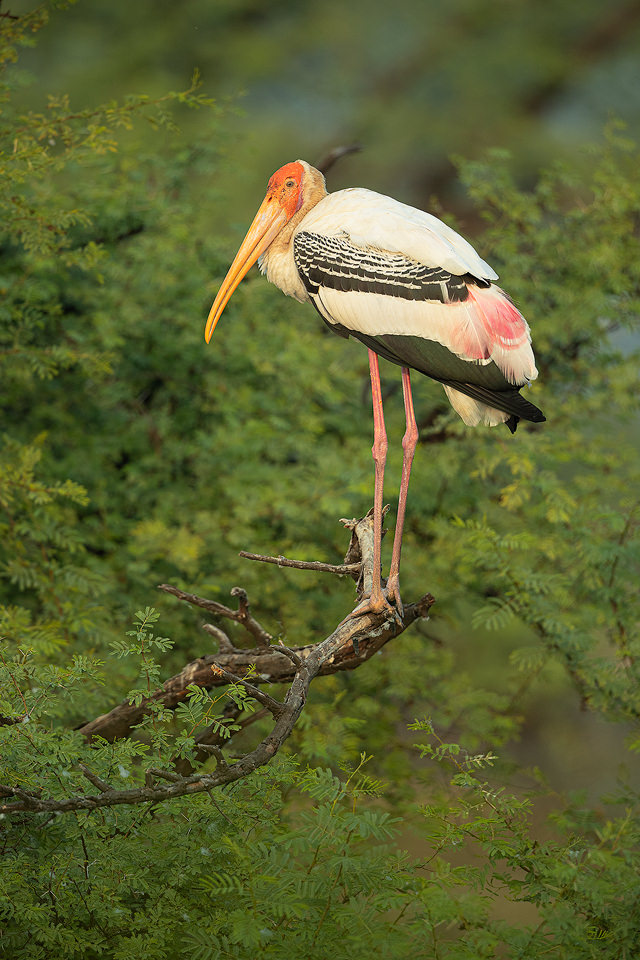
Adult Painted Stork in nesting tree.
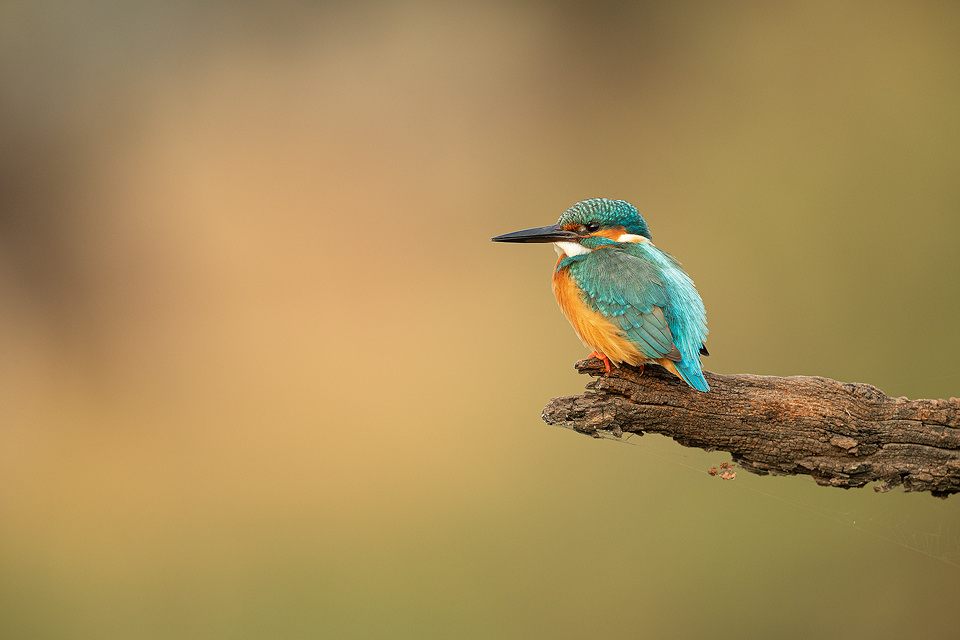
Male Kingfisher on a weathered branch overlooking the wetland.
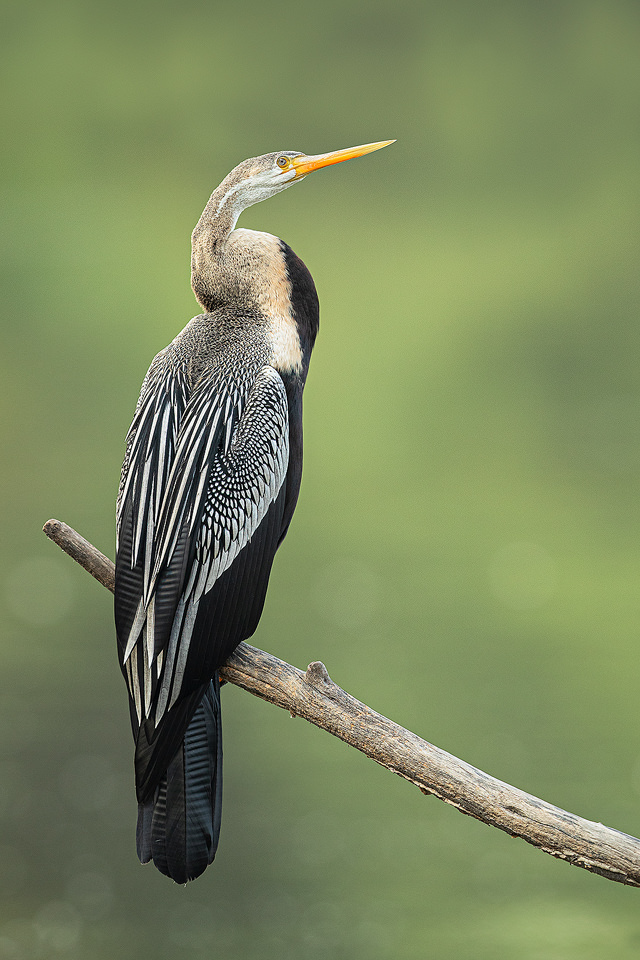
Oriental Darter Portrait.
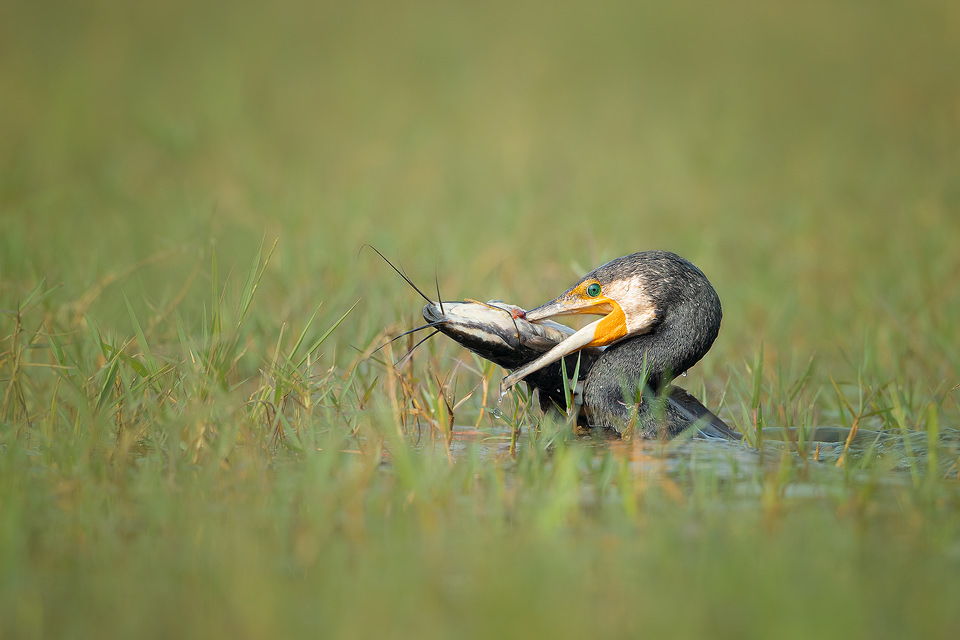
Great Cormorant with a large catfish.
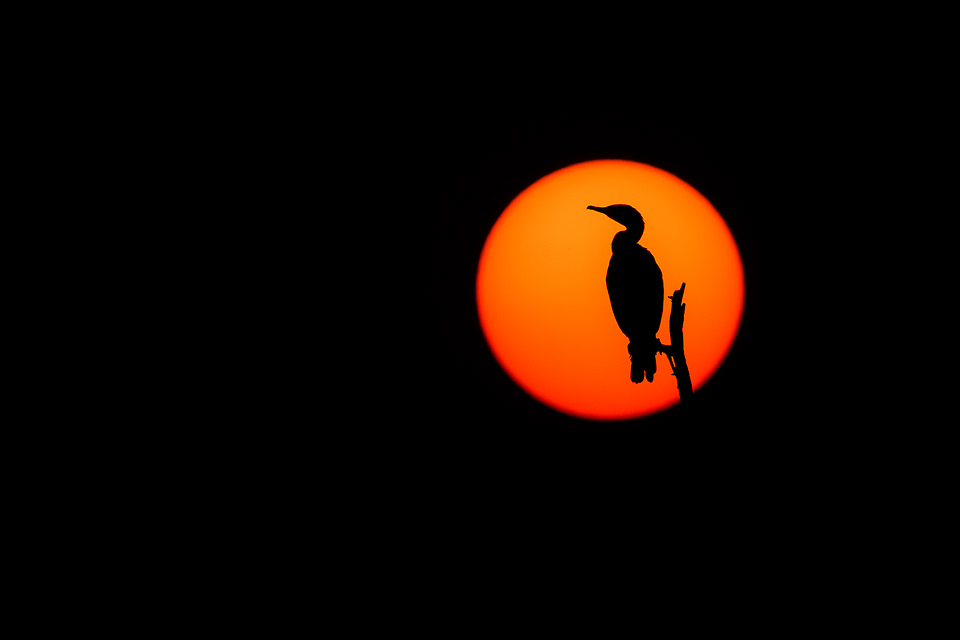
Indian Cormorant silhouetted against the setting sun.
Whilst the birds are the stars of the show, other regularly seen species include; Flying foxes, striped hyenas, golden jackals, sambhar deer, spotted deer, nilgai antelopes and pythons.
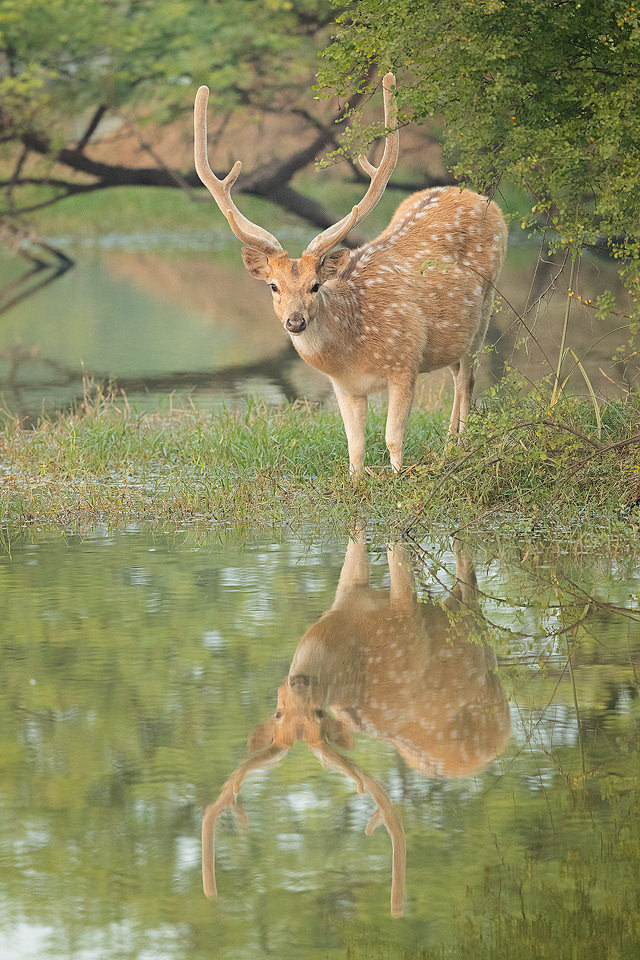
Spotted deer stag reflected in the wetlands of Bharatpur Bird sanctuary
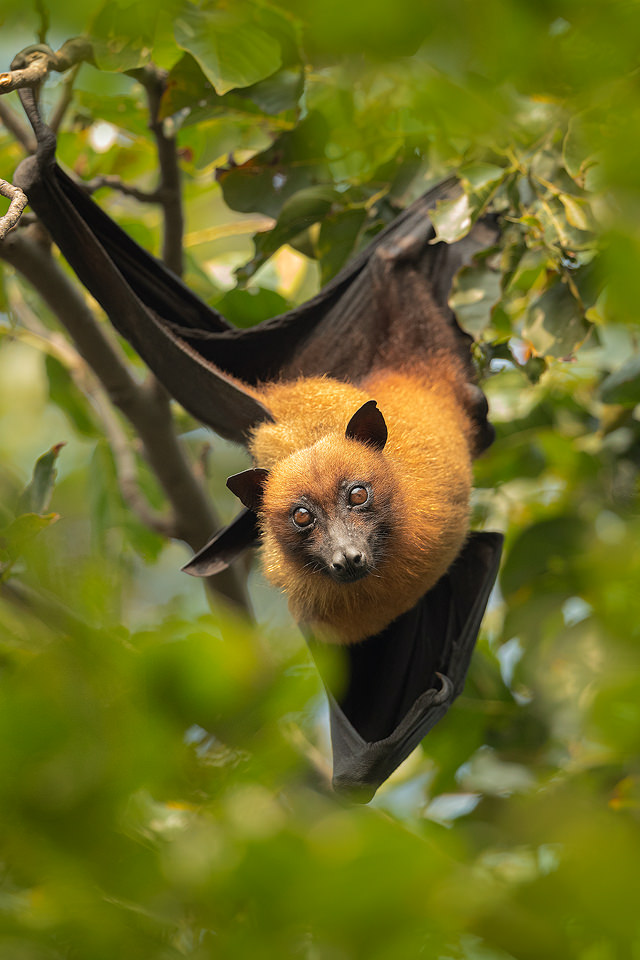
Indian Flying Fox (Pteropus medius) roosting during the day time in a large communal roost.
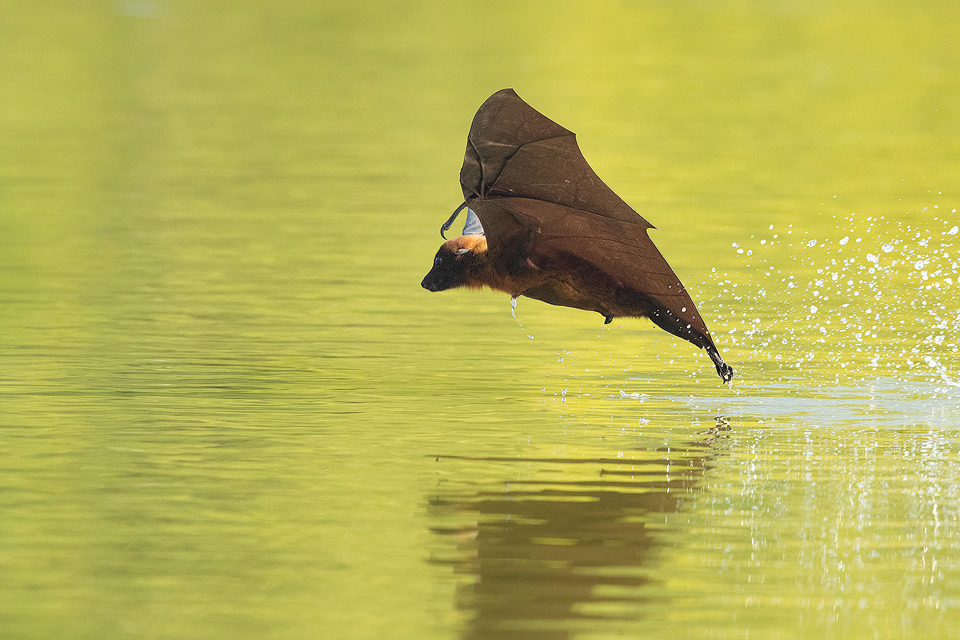
Indian Flying Fox (Pteropus medius) drinking water.

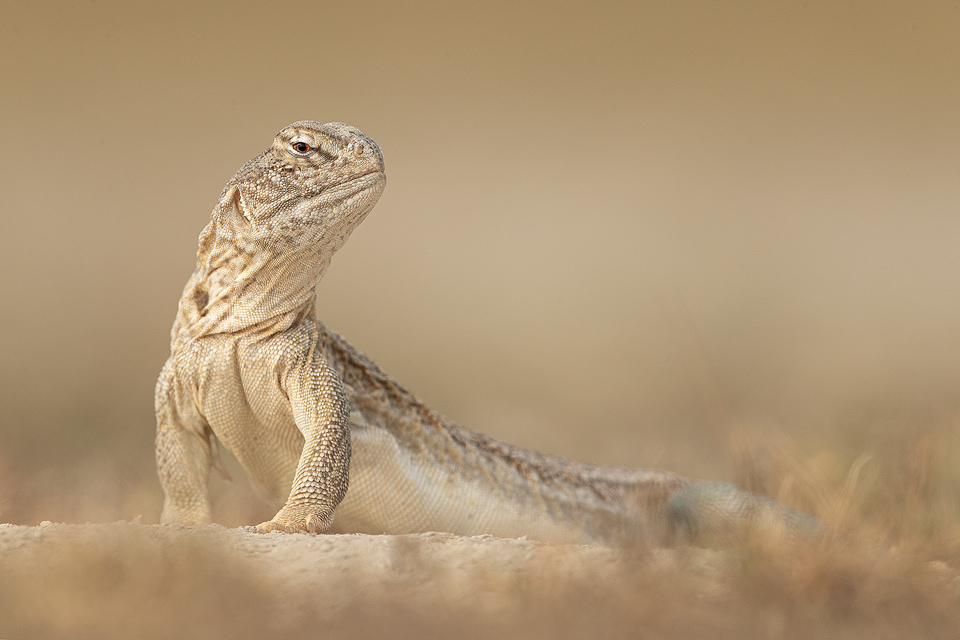
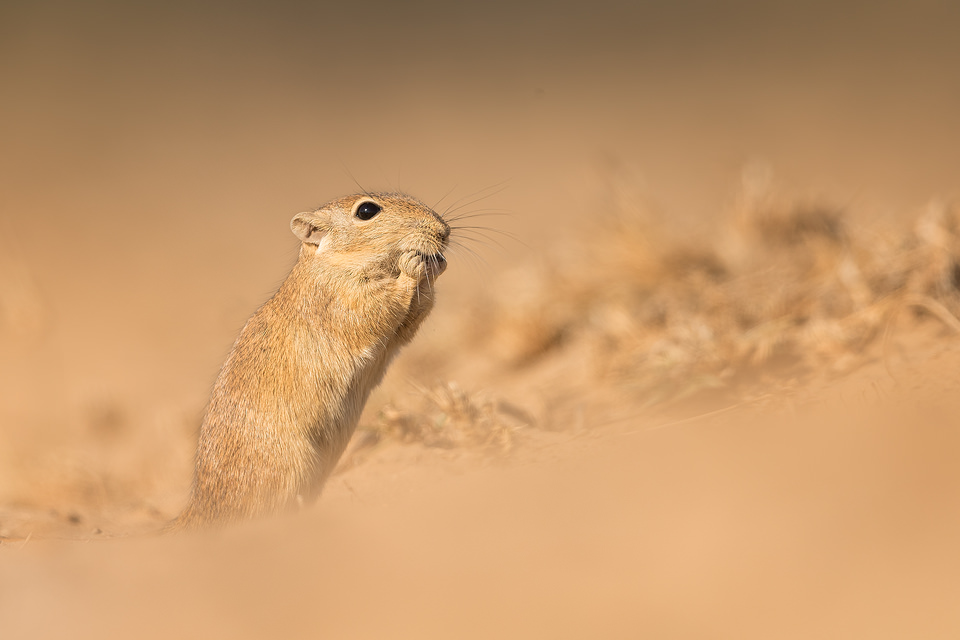
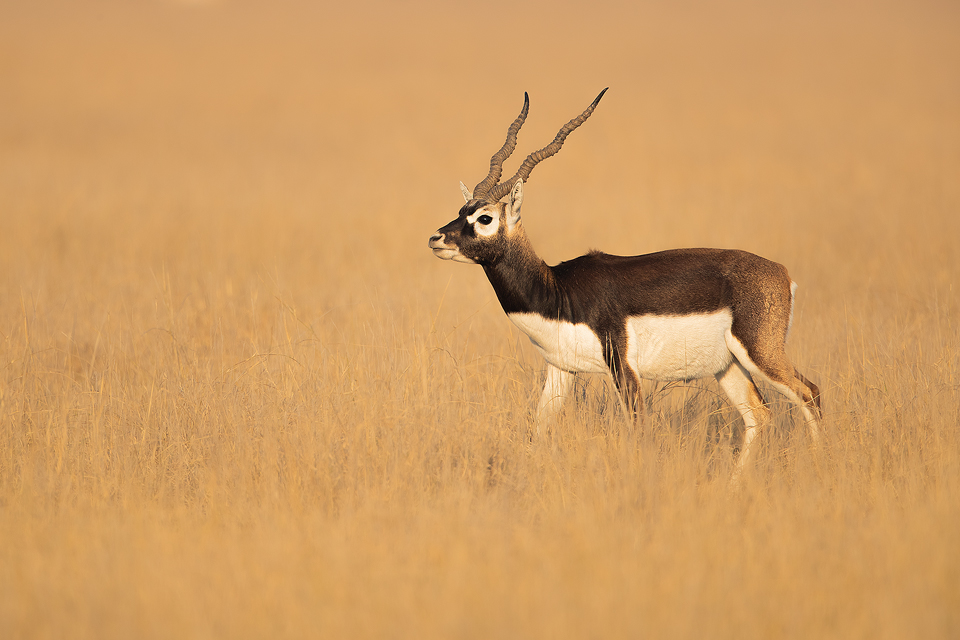
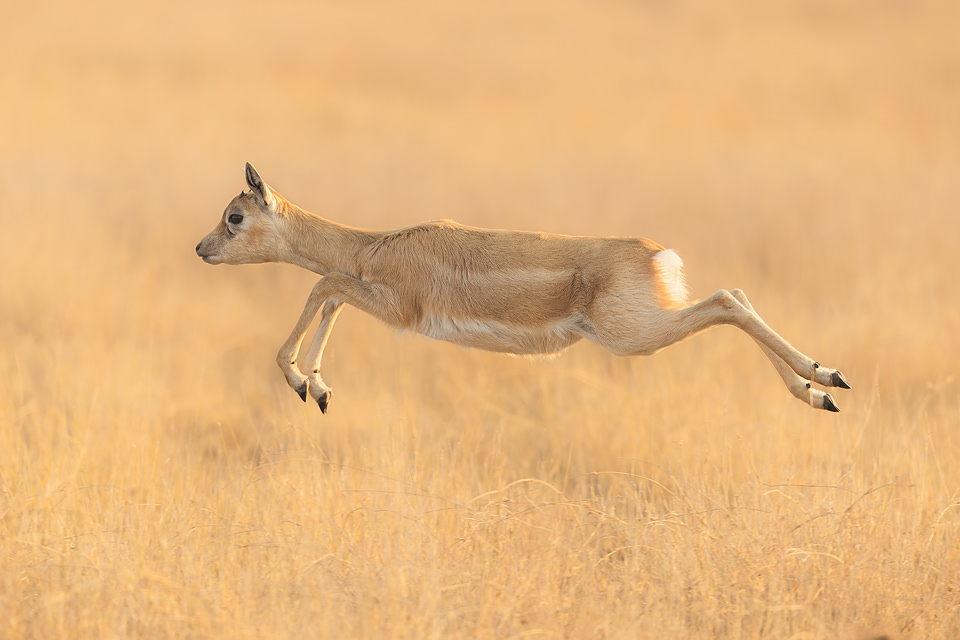

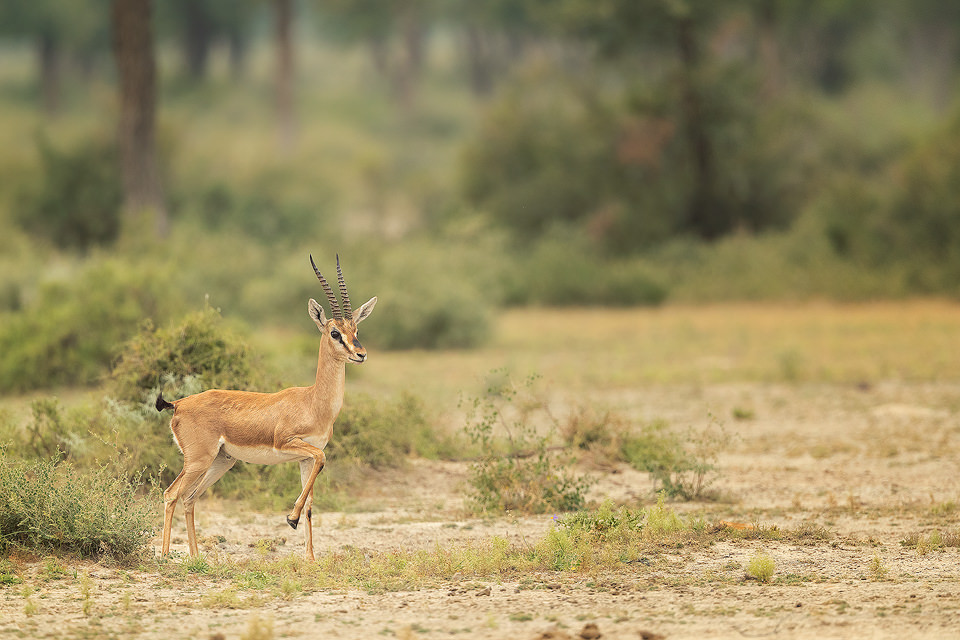
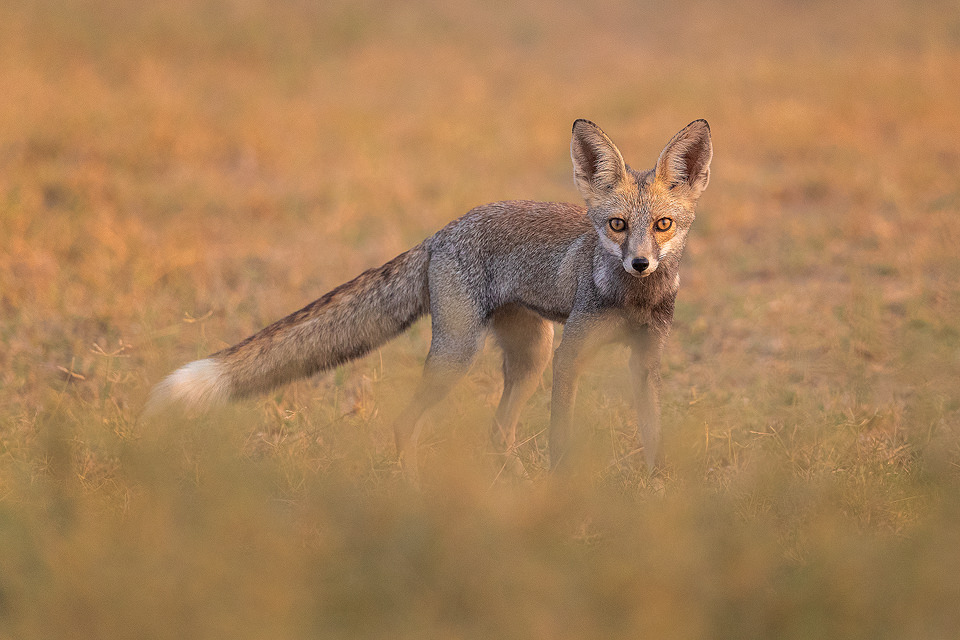

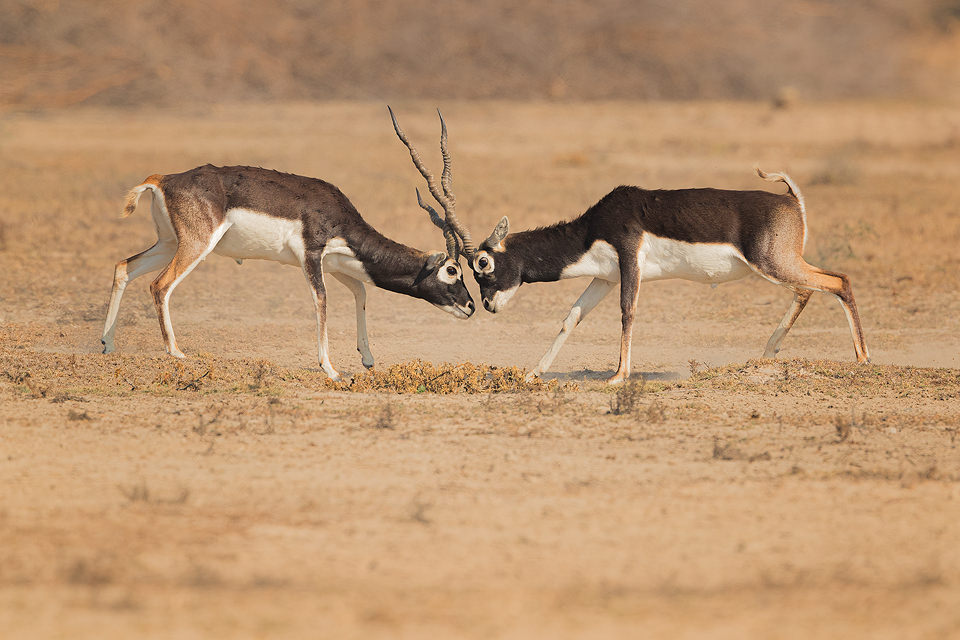



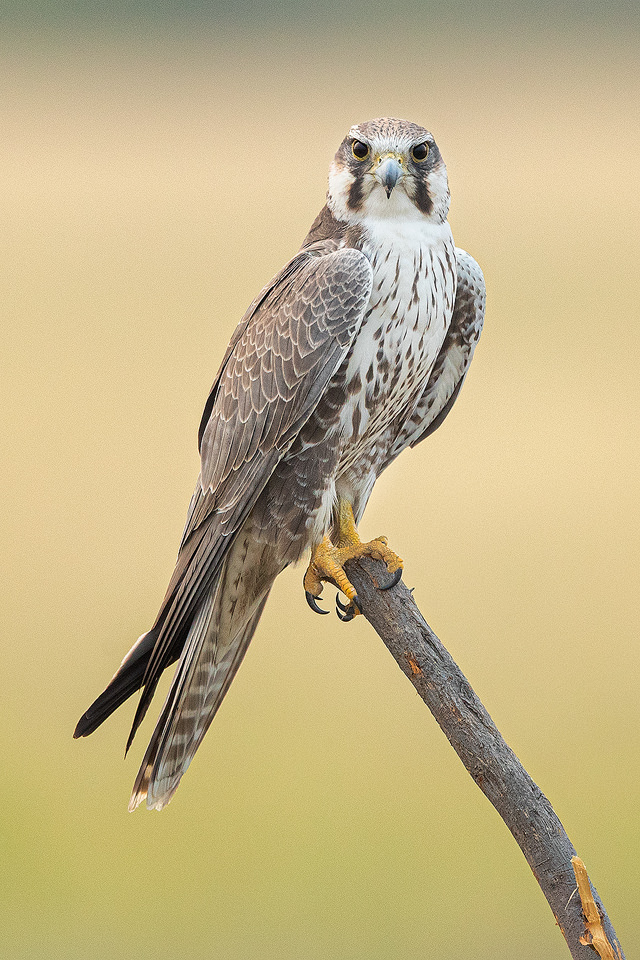

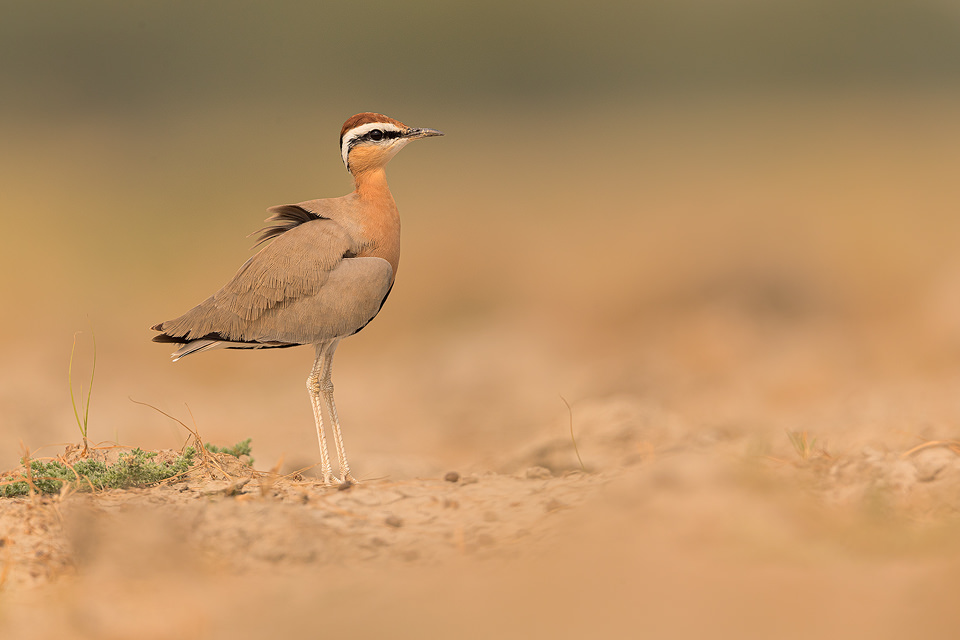



 Steppe eagle
Steppe eagle
